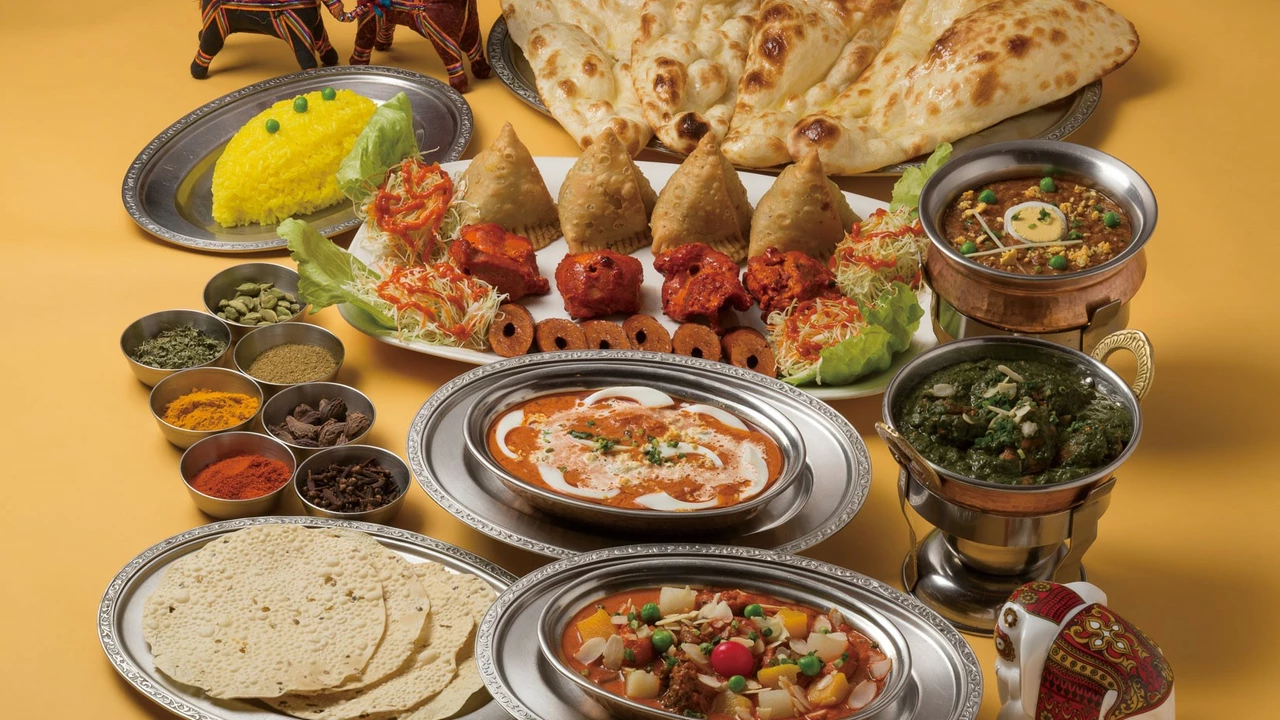Food & Cuisine Comparison: Indian Naan vs Mexican Tortilla
Ever wondered why Indian naan feels fluffy while Mexican tortillas stay thin and crisp? Both are staples in their regions, but they couldn't be more different. Let’s break down what makes each unique so you can pick the right one for any meal.
What’s the Naan?
Naan is a soft, leavened bread made from wheat flour, water, yogurt, and a pinch of sugar. The dough gets a quick rise thanks to yeast or baking powder, then it’s slapped onto the walls of a tandoor – a clay oven that reaches scorching temperatures. That high heat gives naan its characteristic char spots and a slightly chewy interior. You’ll often find it brushed with melted butter or ghee just before serving, and sometimes it’s topped with garlic, cilantro, or even cheese. Because it’s a bit thick, naan pairs perfectly with saucy dishes like butter chicken, dal makhani, or any rich curry.
What’s a Tortilla?
A tortilla is a thin, flat cake made from either corn masa or wheat flour. Traditional corn tortillas start with nixtamalized corn, which is treated with lime water to improve flavor and nutrition. Wheat tortillas add flour, fat (usually lard or oil), and a bit of baking powder, making them softer and more pliable. Tortillas are cooked on a hot, dry griddle called a comal for just a few seconds on each side. The result is a flexible, lightly browned surface that can hold a filling without breaking. Commonly, tortillas wrap around tacos, burritos, quesadillas, or serve as a base for nachos.
When you think about texture, naan is pillowy and spongy, while tortillas are thin and a little chewy. Naan’s thickness lets it soak up sauces, but it can be too heavy for handheld foods. Tortillas excel at being a handheld carrier; they stay intact when you fold them around meat, beans, or veggies. Cooking methods also shape flavor: the tandoor’s smoky blaze adds a subtle char to naan, whereas the comal’s dry heat keeps tortillas clean‑tasting, letting the fillings shine.
What about nutrition? A typical piece of naan carries more calories because of the butter and thicker dough, while a corn tortilla is lower in calories and higher in fiber. Wheat tortillas fall somewhere in the middle, offering a soft bite with a modest calorie count. If you’re watching carbs, a single‑serve corn tortilla will usually beat a piece of naan.
So, which one should you reach for tonight? If you’re planning a hearty Indian curry, grab some naan to mop up that sauce. If you’re making tacos, burritos, or a quick snack, reach for tortillas – they’re built for folding and holding. Both can be flavored: try garlic‑buttered naan for extra aroma or spice‑infused tortillas with chili powder for a kick.
Bottom line: naan and tortillas serve different roles despite both being flatbreads. Naan brings softness and an ability to soak up rich gravies, while tortillas provide flexibility and a neutral backdrop for bold toppings. Knowing these differences lets you choose the right bread for any cuisine and makes your meals more enjoyable.
Posted by
Arvind Suryavanshi
0 Comments

Hold your horses, food lovers, for an intriguing culinary showdown! It's India's Naan versus Mexico's Tortilla, and it's a battle like no other! Now, Naan is a soft, fluffy bread, typically cooked in a tandoor or clay oven, and it's a staple in Indian cuisine. Tortillas, on the other hand, are thin, flat pancakes made from corn or wheat and are a Mexican food icon. While both are fantastic dance partners to a variety of dishes, the Indian Naan's heart is more into spicy curries, while the Mexican tortilla is salsa's best amigo. So, folks, while they may seem similar, they are as different as Bollywood and Mariachi bands.
read more